The role of the IPCC
The Intergovernmental Panel on Climate Change (IPCC) was started in 1988 by the United Nations.
Its purpose is to provide policymakers with regular assessments of climate change, its impacts, future risks and options for adaptation and mitigation.
The IPCC includes representatives from 195 member countries, who elect a Bureau for each assessment cycle. The sixth and most recent cycle was completed in 2022.
Experts in a wide variety of fields affected by climate change are nominated by the IPCC member governments and observer organizations that apply to become involved in the IPCC. The Bureau selects the various authors, contributors, editors, and reviewers of the IPCC reports from these nominees. Attempts are made to balance representation from different geographical areas and by gender.
The IPCC Secretariat and Technical Support Units help support the creation of IPCC reports. All reports are based on the analysis of published research literature. No original scientific research is conducted.
The Technical Support units include:
- Working Group I: The Physical Science Basis
- Working Group II: Impacts, Adaptation and Vulnerability
- Working Group III: Mitigation of Climate Change
- Task Force: National Greenhouse Gas Inventories
IPCC Assessment Reports cover the latest scientific, technical, and socio-economic knowledge on climate change. Key reports published during the sixth assessment cycle include:
Connecting the SDGs to climate change
Each of the Sustainable Development Goals (SDGs) can be directly linked to the effects and impacts of climate change:
No poverty
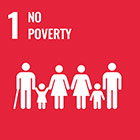
Effects: Flooding, storms, and wildfires can lead to displacement, and property damage can lead to property damage.
Zero hunger
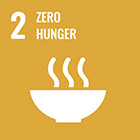
Effects: Increased CO2 causes variations in crop productivity, leading to food shortages or disruptions in supply chains.
Good health and well-being
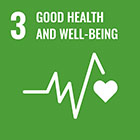
Effects: Air pollution impacts lung health, and concerns about climate change have impacted mental health for many.
Quality education
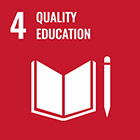
Effects: Extreme weather events and displacement impact education access.
Gender equality
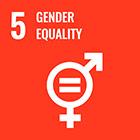
Effects: Risks to livelihoods have been shown to impact girls and those identifying as women more significantly.
Clean water and sanitation
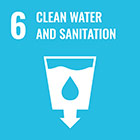
Effects: Increasing temperatures cause water scarcity.
Affordable and clean energy
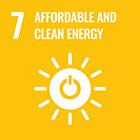
Effects: Extreme weather events impact electricity access.
Decent work and economic growth
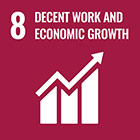
Effects: Displacement from weather events and rising sea levels impacts job security.
Industry, innovation and infrastructure

Effects: Flooding and extreme weather can severely damage infrastructure.
Reduced inequalities
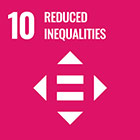
Effects: Water and food scarcities hinder social, economic, and political inclusion.
Sustainable cities and communities

Effects: Extreme weather events impact safe, accessible, and sustainable transportation.
Responsible consumption and production
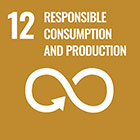
Effects: Changing climate impacts resource availability and can cause supply chain disruptions.
Climate action
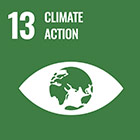
Effects: Increased frequency and severity of droughts, forest fires, extreme weather, and reduction of natural carbon sinks.
Life below water
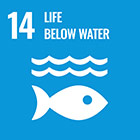
Effects: Ocean acidification impacts the health of marine ecosystems.
Life on land
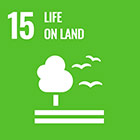
Effects: Changing weather patterns and climate changes lead to biodiversity loss.
Peace, justice and strong institutions

Effects: Water and food insecurity increases the likelihood of conflict.
Partnerships for the goals
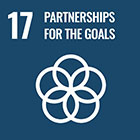
Effects: Partnerships can be strained as conflicts arise and resources are diverted to emergency situations.
Feedback loops and interactions
Please watch the video or read the video transcript.
Prefer text?
Read the transcript
Many of the effects of climate change are sometimes described as being part of feedback loops or having interactions with each other.
An example of a feedback loop is melting glaciers and polar ice. Because glaciers and polar ice are white, they reflect much of the sun’s energy, hitting those parts of the planet back into space. As temperatures rise and glaciers and polar ice shrink, darker-coloured land and ocean are revealed. Both land and water absorb more energy than ice and snow, resulting in less energy being reflected. The absorbed energy adds to rising temperatures and further shrinks glaciers and polar ice.
Feedback loops intensify the effects of climate change, reinforcing the negative effects and impacts to the SDGs described above.
For example, ocean acidification is not generally described as part of the greenhouse effect but is an important part of climate change and is caused by greenhouse gases. Carbon dioxide in the atmosphere is dissolved into the ocean where it acts to increase the acidity (sometimes described as the pH) of the water. Higher acidity has many negative effects on the ocean ecosystem, leading directly to biodiversity loss (impacting SDG 14) and to rising poverty and food insecurity in communities dependent on fisheries (impacting SDGs 1 & 2). These effects can in turn lead to rising inequalities, displacement, health issues, and even conflict (impacting SDGs 8, 10, 11, & 16).
Check your understanding
This work is licensed under a Creative Commons Attribution-NonCommercial 4.0 International License.

